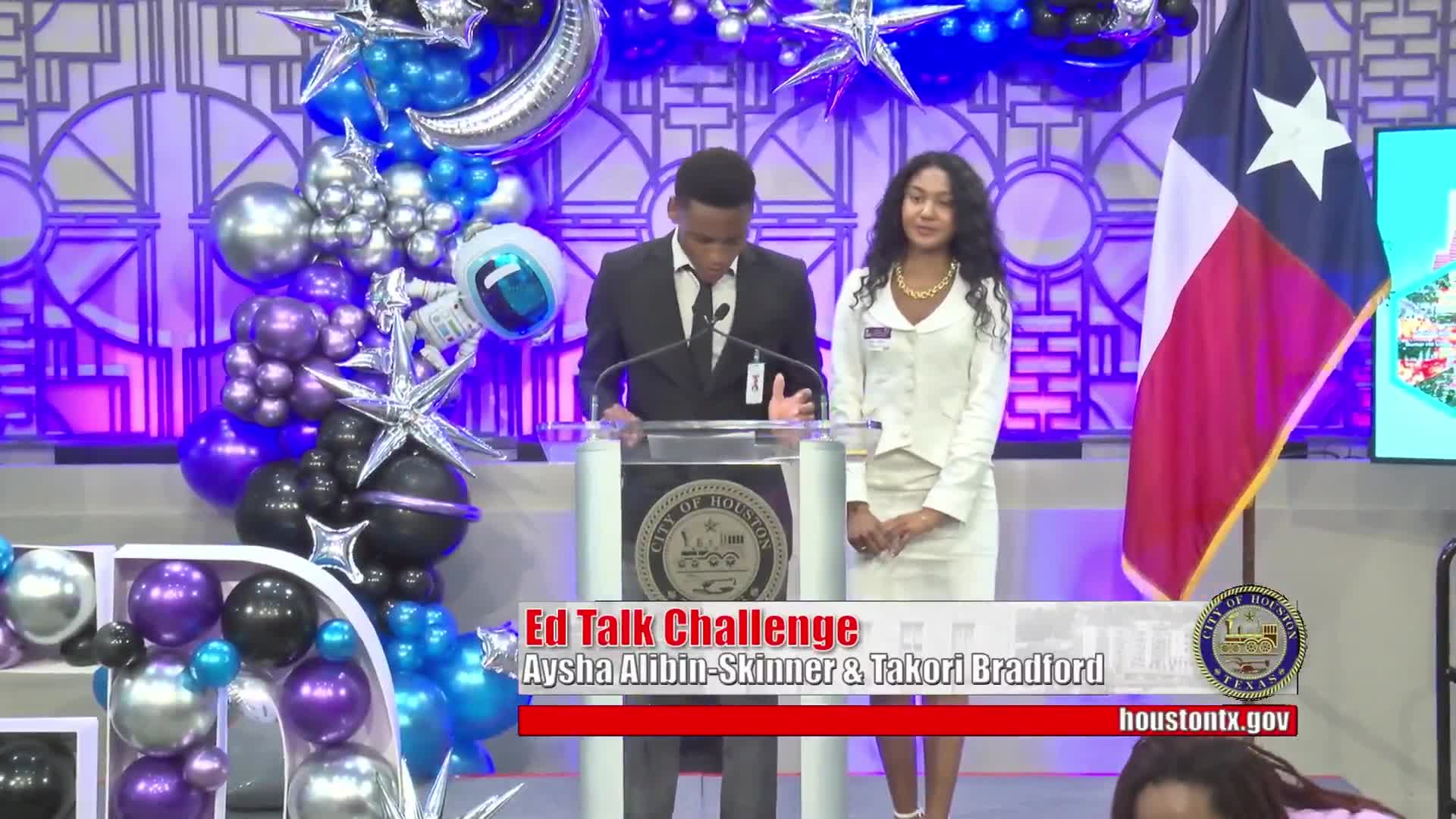Hot Zones Cool Solutions tackles Houston's urban heat island with mural project
June 13, 2025 | Houston, Harris County, Texas
Thanks to Scribe from Workplace AI , all articles about Texas are free for you to enjoy throughout 2025!

This article was created by AI using a video recording of the meeting. It summarizes the key points discussed, but for full details and context, please refer to the video of the full meeting. Link to Full Meeting
Houston, identified as an urban heat island, experiences significantly higher temperatures than its surrounding areas. The presenters highlighted alarming statistics, noting that last year, Texas recorded its highest number of heat-related fatalities, with 300 lives lost. The heat not only poses health risks but is also linked to increased crime rates, making it a multifaceted challenge for the community.
The project focuses on specific neighborhoods—Alief, Gulfton, and Sharpstown—where tree coverage is below the city average. These areas have recorded dangerously high temperatures, with one location reaching 134 degrees Fahrenheit. To combat this, the team proposed a two-part solution: educational workshops and mural painting using reflective paint. The workshops will teach residents how to respond to heat-related emergencies and manage power outages during peak summer months.
The mural initiative aims to lower surface temperatures by up to 29 degrees, creating cooler environments and enhancing community aesthetics. The project timeline includes securing local artists, obtaining necessary permits, and launching the first workshop and mural in Alief by the end of the year.
The potential impact of "Hot Zones Cool Solutions" extends beyond immediate temperature relief. By reducing heat, the project could lower energy costs for residents, which average around $1,800 annually during summer months, and decrease the number of emergency heat-related calls, currently at 416 per year.
The team has already identified potential partners for volunteer support and funding, including local organizations and the mayor's youth council. They are seeking assistance from the city to identify critical areas needing intervention and to secure permits for mural locations.
In conclusion, the meeting underscored the urgent need for community-driven solutions to combat the urban heat island effect in Houston. The proposed project not only aims to improve public health and safety but also fosters community engagement and environmental sustainability. As the initiative moves forward, it holds promise for a cooler, more comfortable Houston.
Converted from Houston - Ed Talk: Youth Innovation Challenge - Jun 13, 2025 meeting on June 13, 2025
Link to Full Meeting
Comments
View full meeting
This article is based on a recent meeting—watch the full video and explore the complete transcript for deeper insights into the discussion.
View full meeting
